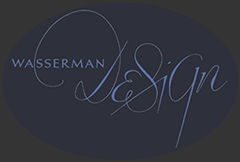

I composed this work of art to be
the book cover of the final collection of
poems by Reetika Vazirani (1962-2003).
Born in India,
from the age of six Vazirani lived
in the United States of America.
Radha Says
Publisher: Drunken Boat Media, LLC
Watercolor painting
12 x 18 inches, unframed
I wrote the Title calligraphy and
Vazirani's name in Sanskrit calliraphy
on paper, using broad pen + sumi ink
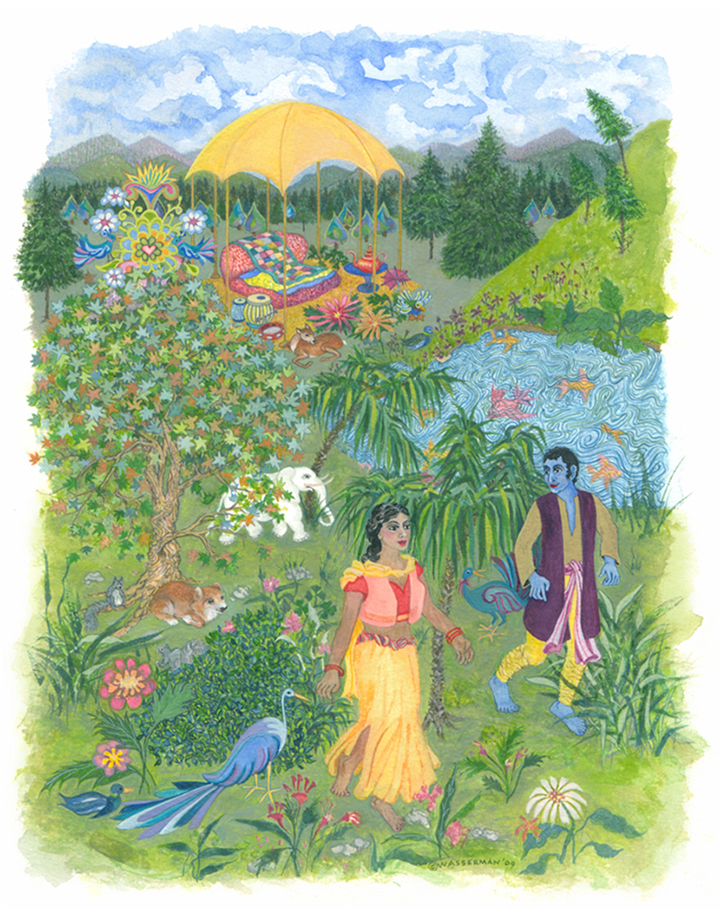
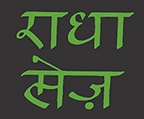

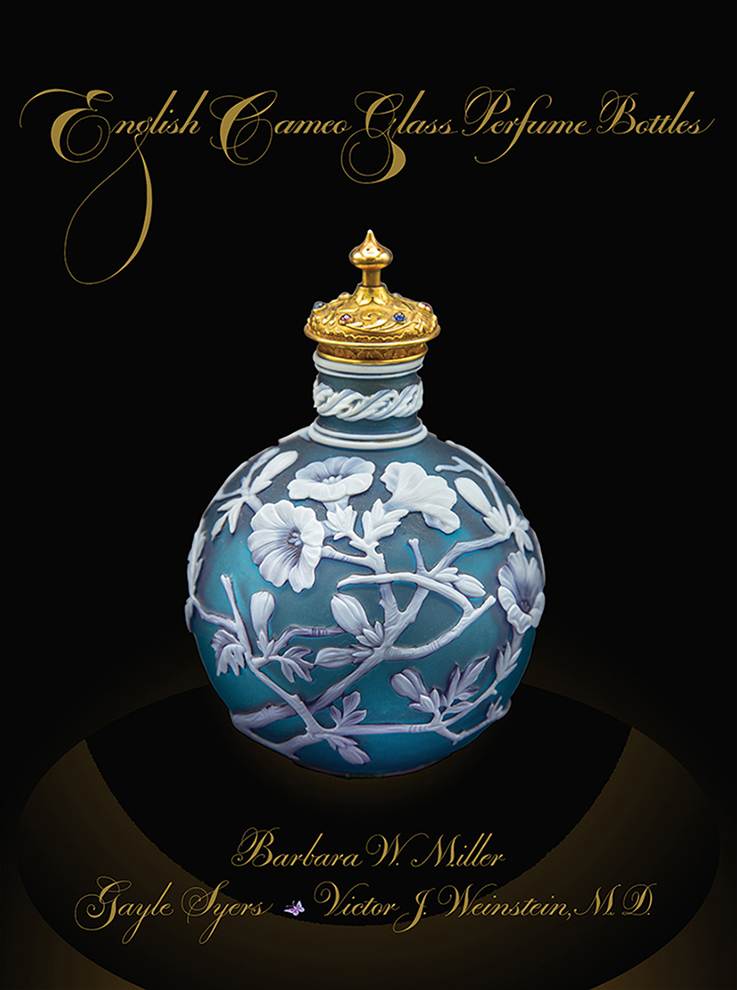
English Cameo Glass Perfume Bottles
My front cover graphic design and calligraphy art,
2020, for a book on historical cameo glass art.
I inscribed the title and three authors' names on paper
using sumi ink. Front Cover final art measures 8 x 10
inches. Book Spine final art measures .78 x 10 inches
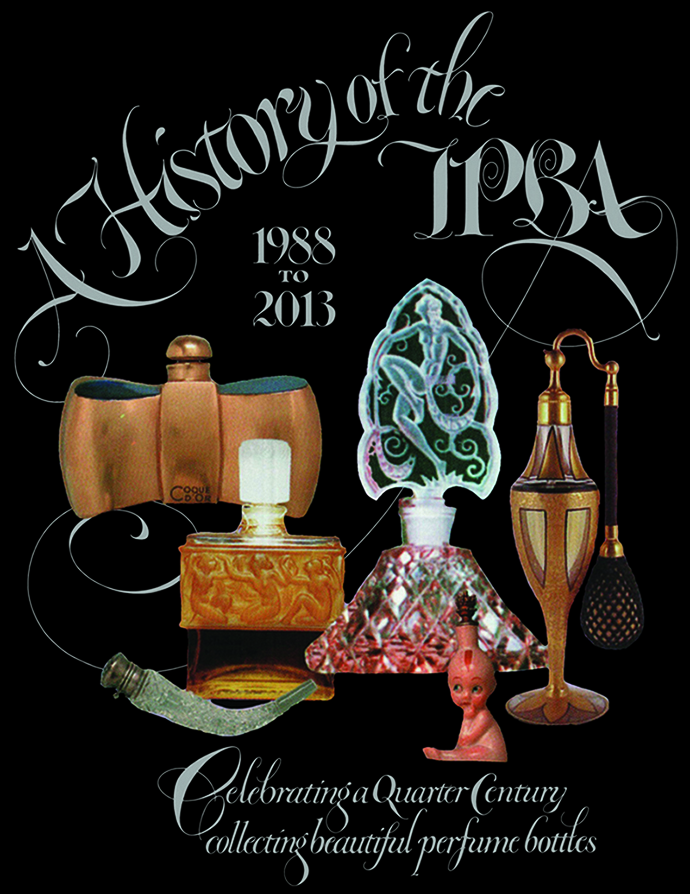
My front cover graphic design
and calligraphy art for a book
about the International Perfume
Bottle Association
A History of the IPBA: 1988-2013
written by Barbara W. Miller
I wrote the Title and Sub-title
on paper, using a pointed nib
pen + sumi ink.
Final Art measures
8.50 x 11 inches
My Chapter Headings
inscribed on paper, using a
broad nib pen + sumi ink
for the book
A History of the IPBA
1988-2013
"Promo Chapters' Page"
measures 8.50 x 11 inches
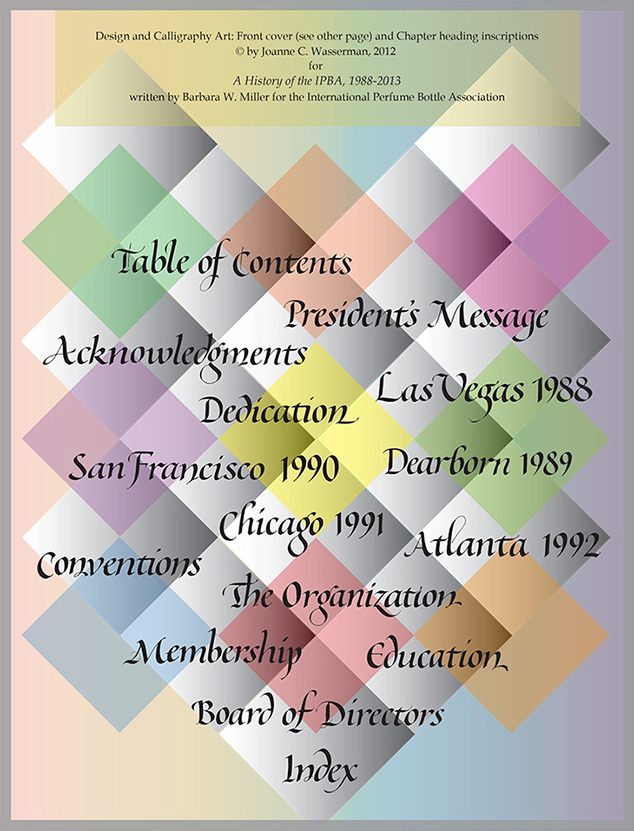
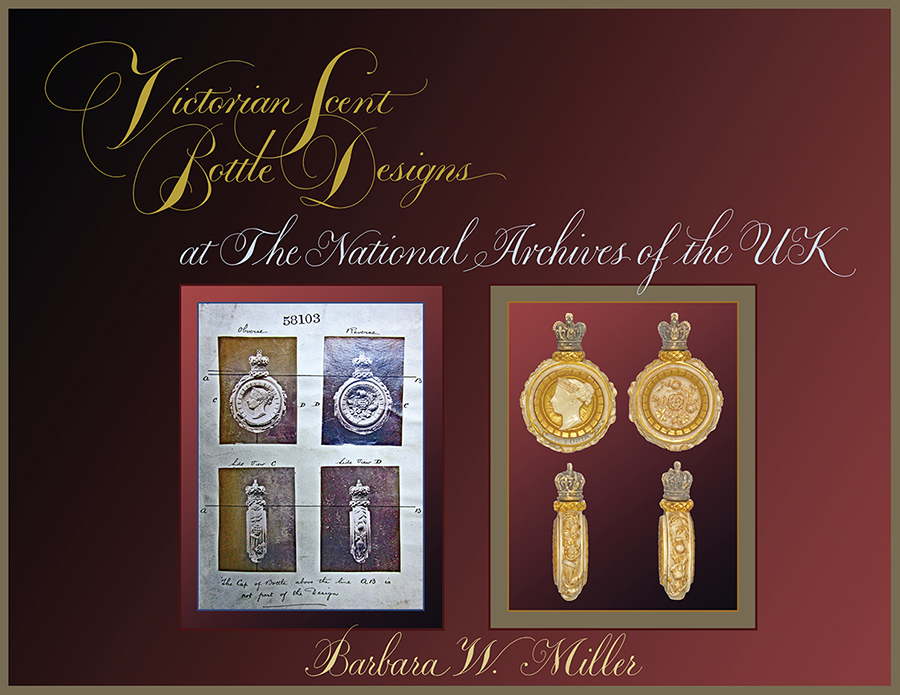
My front cover graphic design and calligraphy art.
The Title and Author's name were inscribed using sumi ink on paper.
Final art size, 11 x 8.50 inches
Victorian Scent Bottle Designs at
The National Archives of the UK
A book of drawings, paintings, and photographs of ornamental designs,
recorded from 1845-1902, and housed within the United Kingdom's
Board of Trade Designs' Copyright Registry.
Federal City
Since 1800, Washington, DC
has been the permanent residence
of the government of the
United States of America.
The Constitution provided for
land, 10 miles square, to be set aside
for a federal city. The nation's
Founding Fathers chose to create
a new city, free from the jurisdiction
of any state, for a capital
belonging to all the people.
My original painting is in Gouache
18 x 24 inches
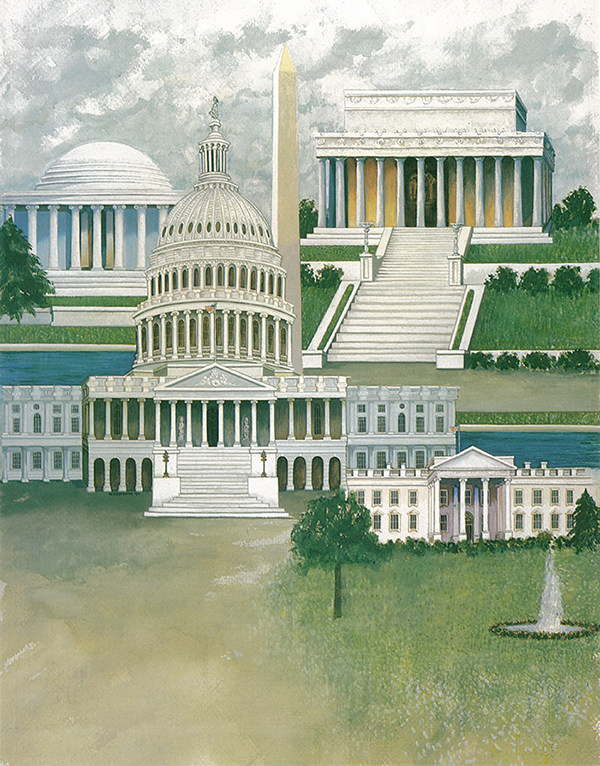
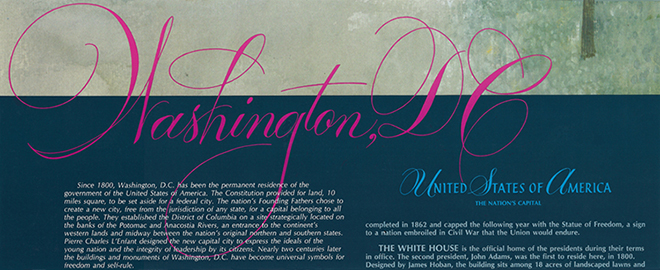
Federal City
Nearly two centuries later,
the buildings and monuments
of Washington, DC have
become universal symbols
for freedom and self-rule.
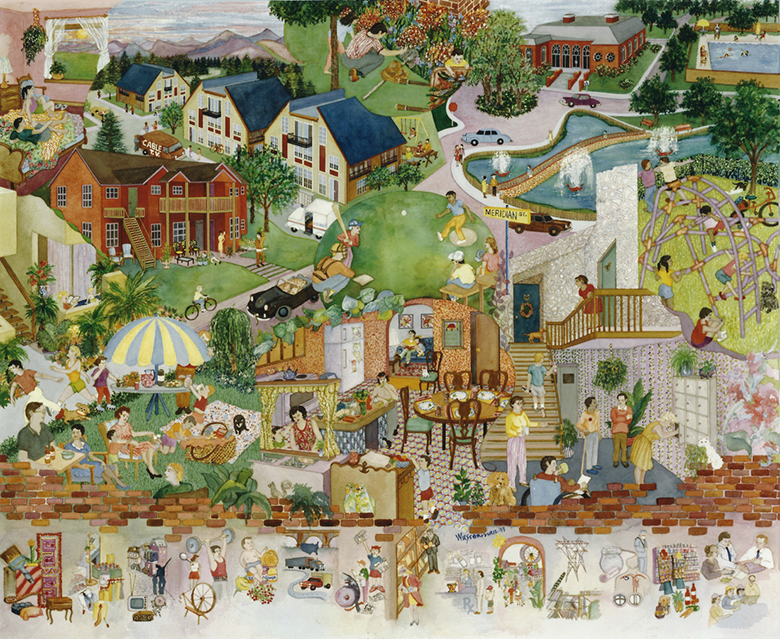
Portrait of Family Life
My theme for the work is homeIt is a state of being as well as a place.
Home life all across the American
landscape serves as the foundational
environment for family nurture, personal
growth and well being---whether in
residential neighborhoods, hamlets,
towns, or cities.
Limited edition prints were published,
plus, a non-limited edition of Note
Card/envelope/custom self-mailer.
Original painting created in
watercolor; the work mesures
43.50 x 34.25 inches
Project '87 was established to commemmorate
the Bicentennial of the United States
Constitution, 1787-1789 to 1987-1989
One of its publications: a 12-poster
series on the origination of the
U. S. Constitution.
I created the logo-as-titlework of art for the posters +
additional calligraphies.
My hand-lettering was done
with a pointed nib pen
and india ink, on paper.
Posters' size: 21.50 x 35 inches
The Blessings of Liberty
The Articles of Confederation
A 'Less Perfect' Union, 1781-1788
The Founders' Achievement
The Anti-Federalist Argument
Ratification
The Bill of Rights
A City Plan for the Constitution
The Principle of Federalism
The Supreme Law of the Land
To Ourselves and Our Posterity
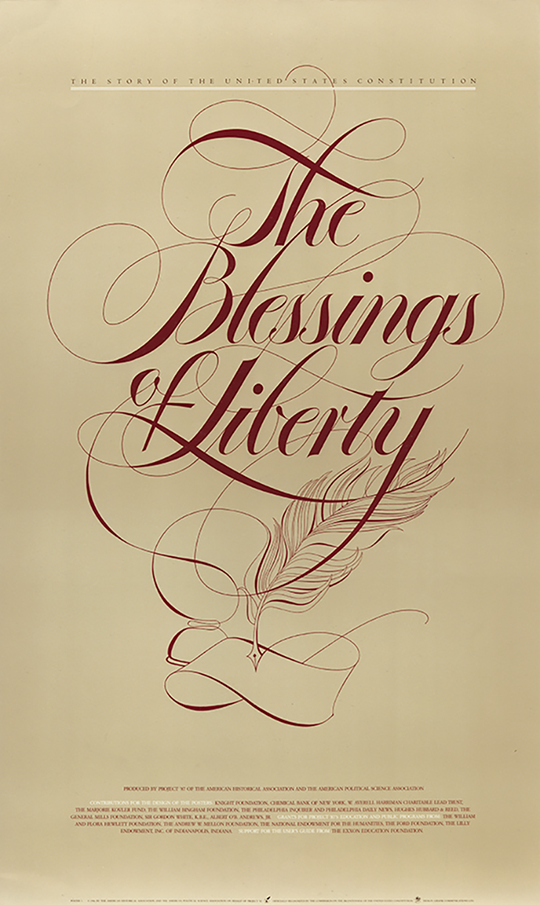
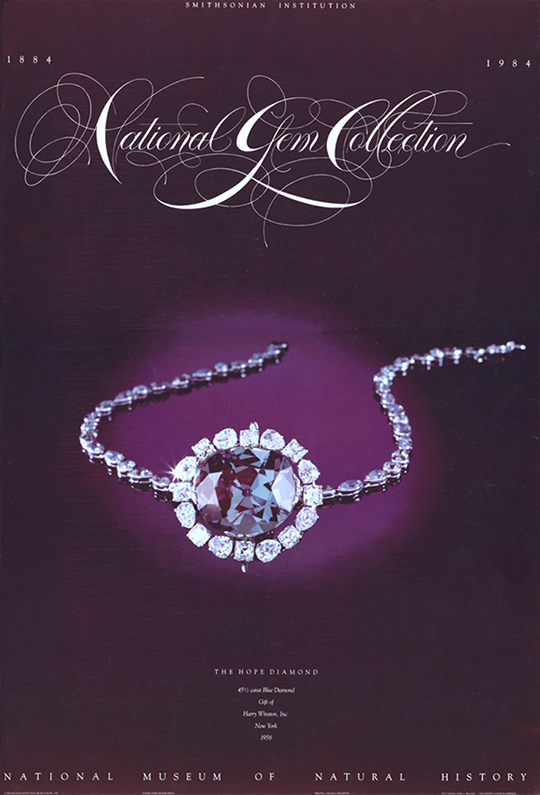
National Gem Collection
The Hope Diamond is among
15,000 gems, 350,000 mineral
specimens, 300,000 rock and ore
specimens, and 35,000 meteorites
housed in the National Museum
of Natural History, Smithsonian
Institution in Washington, D.C.
My original title art calligraphy
was composed with a pointed
nib pen + india ink, on paper.
Poster size: 23 x 33 inches
T'ae Kwon Do
is the national sport
of South and North Korea.
I composed this
calligraphy-painting
after having attended the
1988 Olympiad in Seoul.
I created the work with brush,
sumi ink, and black watercolor:
23 x 36.50 inches, framed
Poster edition measures
20.25 x 35 inches
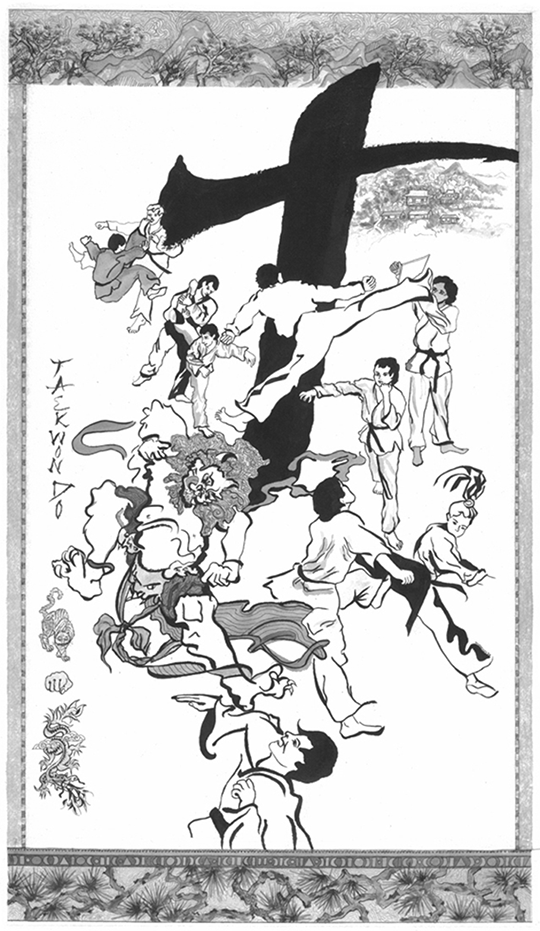
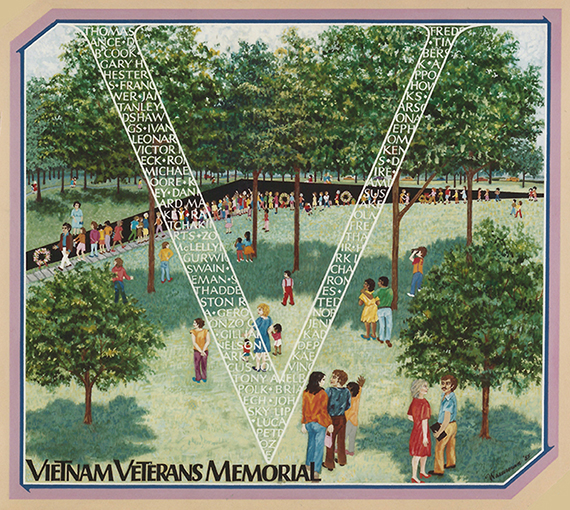
Vietnam Veterans Memorial
More than 58,318 names of American
men and women Warriors have been
chiseled into the mirror-polished
granite arms of the structure.
My original painting is a Watercolor,
27.50 x 26.50 inches, framed
Poster + Note Card editions, also